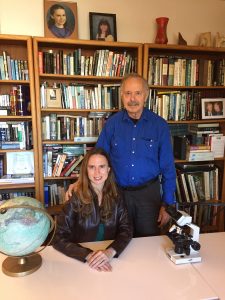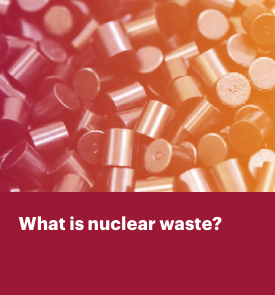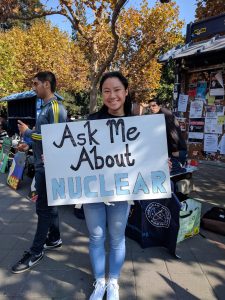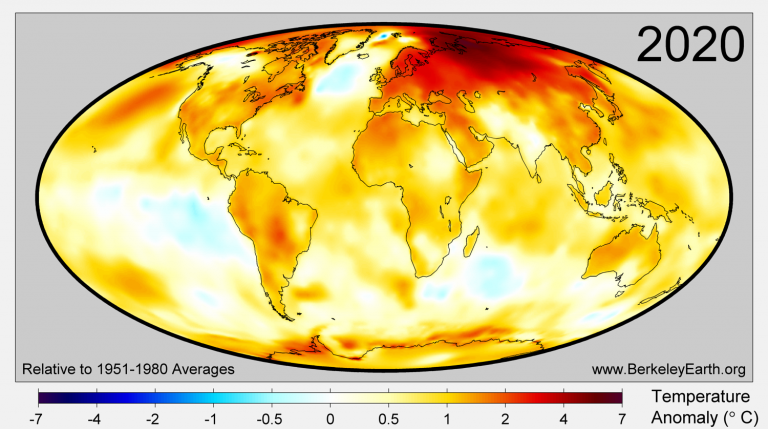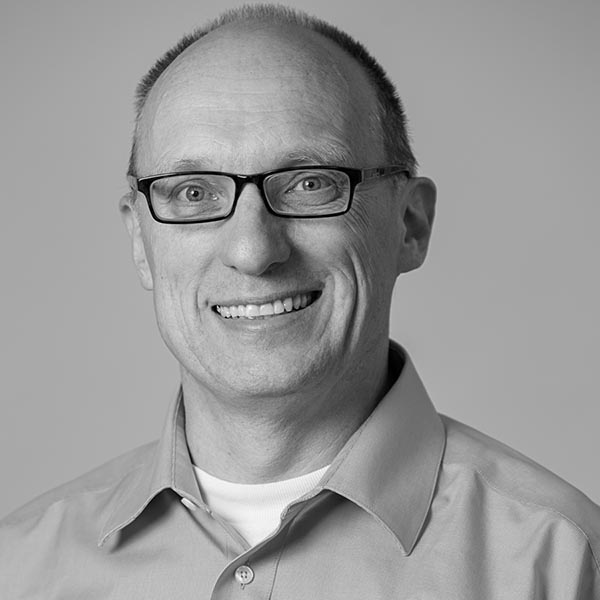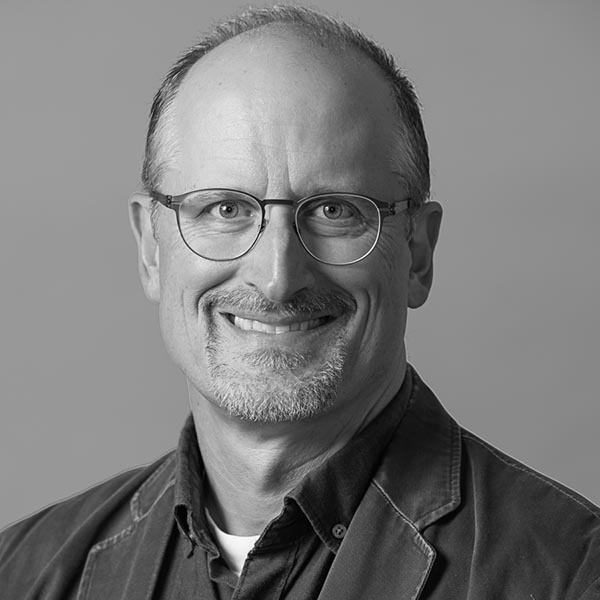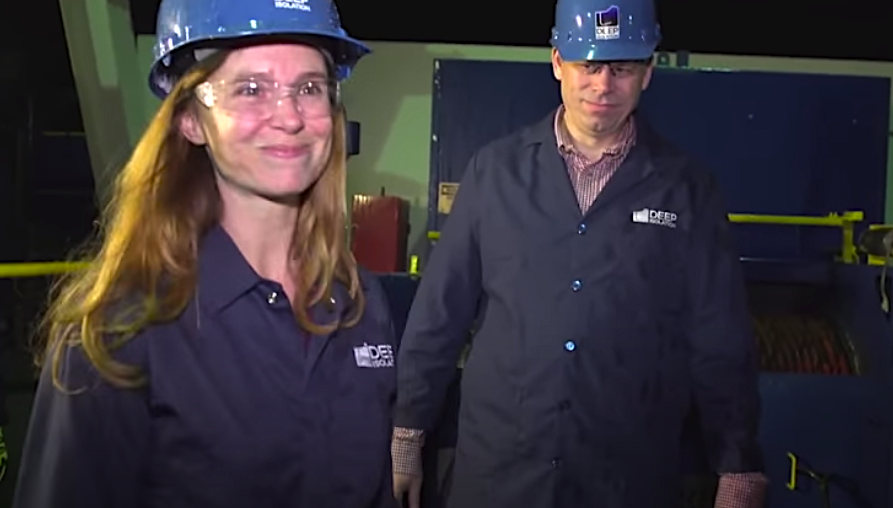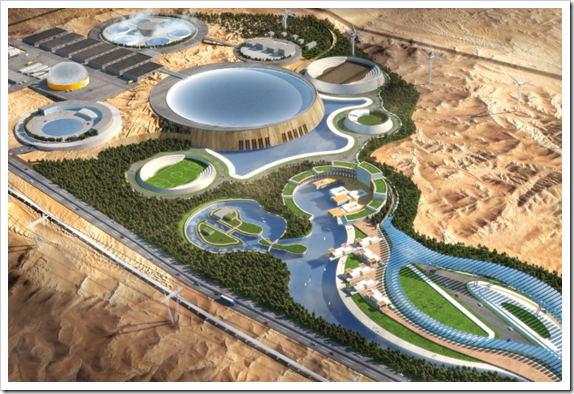Deep Isolation is pleased to welcome its newest team member: Ethan Bates, Director of Systems Engineering.
Dr. Bates, a nuclear engineer who received his doctorate from MIT in 2015, is an expert in reactor safety and nuclear systems integration and has worked for more than five years with leading advanced nuclear companies. In 2014 he co-authored a short paper for the Energy Policy journal published by Elsevier titled “Can Deep Boreholes Solve America’s Nuclear Waste Problem?” The highly cited paper looked at how disposal in deep boreholes could ease siting issues, provide modularity, and lower costs.
At Deep Isolation Dr. Bates is responsible for systems engineering-based product development for the operations of the company’s deep borehole repository concept.
In this Q&A get to know Dr. Bates and learn about his passion for deep boreholes.
Q. What inspired you to choose nuclear engineering as your career path?
After growing up in Singapore and participating in Model United Nations in high school, I became familiar with international issues needing massive institutional and technological advancements. The one that concerned me the most and which I felt could benefit the most from my quantitative skills was climate change. I applied to Massachusetts Institute of Technology (MIT) and was admitted along with my twin brother Richard, who shares my passion for preventing climate change. We saw a flyer for a new freshman class called “Energy, Environment, and Society” and were intrigued by its project-based format. I chose a project analyzing ways to recover thermal energy from MIT’s 5 -megawatt research reactor and became increasingly fascinated by how elegant, clean, efficient, and compact nuclear reactors are. Combined with the realization that nuclear power was one of — if not the only — mature clean energy technology that could be expanded rapidly to grid-scale, I dedicated my studies and career to advancing the technology.
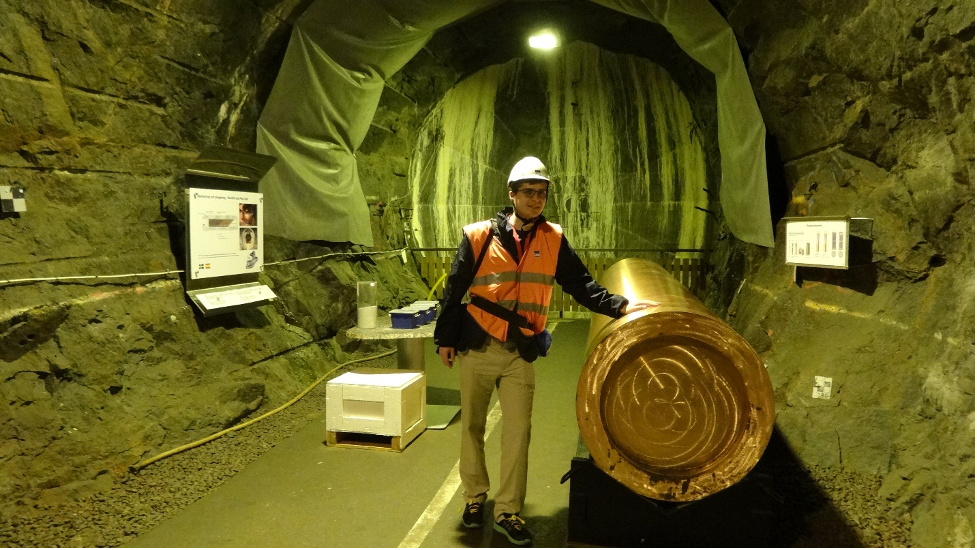
Q. After earning your nuclear science and engineering degree from MIT, you earned your doctorate there in which you developed a computational thermal and geologic model to simulate and optimize the design for a deep borehole waste disposal/spent nuclear fuel repository. Tell us how you became interested in deep boreholes and share some highlights of your doctoral research.
I saw an intriguing handwritten and photocopied flyer in the nuclear engineering department asking for an undergraduate researcher to conduct experiments on new concepts of emplacing nuclear waste in a deep borehole repository. I discovered the flyer was composed by Professor Michael Driscoll, who had been pioneering borehole research (among other areas) for decades and had developed a reputation for tackling highly complex problems with elegant solutions he derived with pencil and paper. This seemed like a great way to get more hands-on experience in a laboratory and to contribute to solving the nuclear waste problem. Inspired by my advisors (Prof. Michael Driscoll and Prof. Jacopo Buongiorno), I made the research the focus of my bachelor’s and master’s degrees, which received an award from the Department of Energy in 2011 and led to a scholarship from the American Nuclear Society in 2013.
My doctoral research led to a published paper on sealing materials for borehole repositories. I also investigated new filler materials for the canister and canister-to-borehole wall gap. I realized that to quantify the benefit of these advancements, I’d need to develop an integrated safety and cost model. This allowed me to provide justified answers to even more fundamental and unexplored questions of deep borehole design, such as the limits of waste loading and borehole spacing.
One of my favorite experiences was collaborating with accomplished scientists from national laboratories and having the chance to visit the Waste Isolation Pilot Plant in Carlsbad, New Mexico. It gave me a true sense of geologic time scales and proved to me that siting, building, and operating a deep borehole repository is possible.
A key finding of my research validated my initial draw to nuclear as a compact and efficient energy source. I estimated that for the same amount of electricity, geologic disposal of nuclear waste will require up to 10,000 times less land area compared to the alternative of building advanced natural gas plants with carbon capture and sequestration into similarly isolated geologic formations.
Q. You also published a short paper examining whether deep boreholes could provide a means to address the nuclear waste problem. What did this paper conclude?
The primary conclusion is that deep boreholes provide access to stable rocks that have
been isolated from flowing groundwater and surface processes for millions of years. This increases the number of potential sites where geologic disposal is possible, easing one of the biggest challenges to the nuclear industry. The concept relies more on the natural barriers and features whose behavior can be extrapolated into the future more confidently compared to man-made and engineered barriers. Since boreholes are modular (i.e., capacity can be expanded as needed), they’ll create less programmatic risk and could be valuable to countries with smaller inventories.
Q. You worked at two advanced nuclear reactor companies before coming to Deep Isolation. Please tell us about these experiences and why you’ve chosen to focus on the back end of the fuel cycle.
I had the rare opportunity to work at both TerraPower and Oklo and attended MIT alongside the founders of Transatomic. In this way, I’ve lived the dream that a young engineer might have after watching the movie, “A New Fire,” a compelling and inspiring documentary about these three advanced nuclear companies.
I was strongly drawn to TerraPower’s vision of bringing bright nuclear engineers together to design and deploy an advanced sodium-cooled nuclear reactor in the near term. There I analyzed the safety of their reactors and focused on validating the accuracy of accident simulation codes. The most rewarding part of my time there was traveling to the International Atomic Energy Agency (in the real, not “model” United Nations) to present the findings of the work I had started as an intern. That led to an invitation to present our findings at a conference in Yekaterinburg, Russia, where I was the only American in attendance and toured their sodium-cooled fast reactors.
The challenge of nuclear waste disposal is shared by many countries and should be solved soon if there is to be a significant (and much needed) expansion in nuclear power. Advanced nuclear reactors will still produce significant amounts of waste, and the front-runner concepts are not positioned to rapidly deal with the existing and growing inventory of spent fuel. Thus, although I had opportunities to continue in the advanced nuclear industry, I ultimately decided to refocus on disposal. I believe I can benefit the industry the most (and thus help combat climate change) by designing, testing, and deploying a borehole repository. I was also attracted by the rewarding sense of empowerment, mutual respect, and mission of the Deep Isolation team.
Q. Any Deep Isolation accomplishments you’d like to highlight so far? What would success look like to you moving forward?
I’ve been able to pick up where I left off with my MIT research and begin fulfilling my goal of bringing it to reality. Over the past five years, Deep Isolation has made great advancements in borehole design and performance analysis. By applying systems engineering principles, I’ve structured these efforts within an overarching concept of operations. Breaking the large complex problem into organized and manageable pieces enables us to prioritize them and build more a detailed and robust technology commercialization pathway. I’m also leading our collaboration with external industry experts to improve the deep borehole community’s collective understanding of long-term safety analysis assumptions.
Moving forward, success requires continuing development of technical partnerships, customer relationships, and government funding sources across the globe. We’ve assembled excellent teams to lead each of these areas and our progress so far is encouraging.
In the near term, techno-economic models which reveal performance trade-offs and limits as a function of various host rocks, waste types, loadings, and other design assumptions will enable optimization of design configurations. Using these methods, we can also generate site selection criteria specifying where and under what conditions deep borehole repositories can be safely built. Combining this with customer-specific requirements, the design can be refined, and a complete set of technical requirements can be established.
In parallel, a well-planned and executed demonstration program would be a major success for the industry, building broader confidence, establishing trust, and signaling that the technology will be ready to commercialize and scale.
Q. Tell our readers something about yourself that they might not expect to know about a nuclear engineer.
Most people wouldn’t associate nuclear engineers with music or dancing, but I really enjoy playing guitar and dancing Argentine tango. Musically, I’d say my style is blues-rock with an infusion of jazz. I performed for many years as a student at MIT’s “Battle of the Bands,” have danced in tango festivals all over the U.S., and even taught a series of tango classes at a university.


